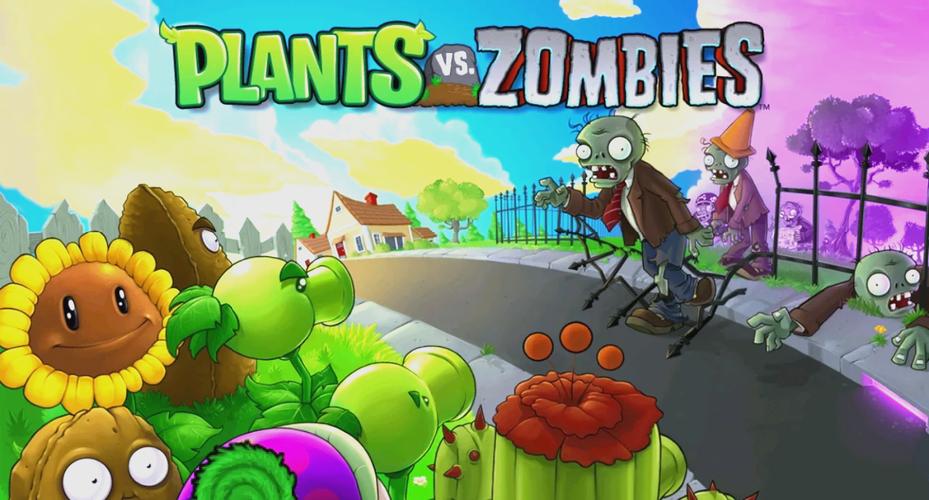
Understanding the Revenue Streams
Do games make money from people just playing the game? The answer is a resounding yes, and the ways in which this happens are diverse and intricate. Let’s delve into the various methods that game developers and publishers employ to generate revenue from players’ engagement.
One of the most common ways games make money is through in-game purchases. These can range from cosmetic items that don’t affect gameplay to in-game currency that can be used to buy powerful weapons or abilities. According to a report by Sensor Tower, in 2020, global consumer spending on mobile games reached $95.4 billion, with in-app purchases accounting for a significant portion of that revenue.
In-Game Purchases
In-game purchases are a staple of the gaming industry. They allow players to customize their experience, whether it’s by changing the appearance of their character or by gaining an edge in gameplay. Many games offer a variety of in-game items, from skins and costumes to power-ups and boosts. The key to successful in-game purchases is to offer items that players feel they need or want, often through limited-time offers or exclusive content.

For example, games like “Fortnite” and “PUBG Mobile” have made millions through in-game purchases. “Fortnite” has a robust in-game economy, with players spending real money to buy V-Bucks, which can then be used to purchase skins, emotes, and other cosmetic items. Similarly, “PUBG Mobile” offers a variety of in-game items that can be purchased with the in-game currency, which is earned by playing the game.
Microtransactions
Microtransactions are a form of in-game purchases that involve small, incremental payments. These can be used to buy single items or to “level up” a player’s account, granting them access to more content or features. Microtransactions are particularly popular in mobile games, where they allow players to make purchases without leaving the game or app.
One of the most successful examples of microtransactions is “Clash of Clans.” The game allows players to buy gems, which can be used to speed up construction, train troops, or purchase special items. The game’s success is largely attributed to its ability to keep players engaged and spending through microtransactions.
Advertising
Advertising is another way games make money from players just playing the game. Many free-to-play games are supported by ads, which can be displayed in various forms, including banners, interstitials, and rewarded video ads. These ads are often integrated seamlessly into the game, providing a less intrusive experience for players.
According to a report by App Annie, in 2020, global ad revenue from mobile games reached $37.2 billion. This revenue is generated through a variety of ad networks, which pay game developers and publishers based on the number of ad impressions or clicks.
Subscription Models
Some games have adopted a subscription model, where players pay a recurring fee to access the game’s content and features. This model is particularly popular in multiplayer online games, where players can enjoy ongoing gameplay and community interaction.
For example, “World of Warcraft” has a monthly subscription fee that gives players access to the game’s content and features. This model has been successful for “World of Warcraft” and other similar games, as it provides a steady revenue stream and encourages players to continue playing and spending.
Merchandising
Merchandising is another way games make money from players’ engagement. By creating and selling branded merchandise, game developers and publishers can generate additional revenue. This can include everything from t-shirts and posters to action figures and collectibles.
For example, the “Minecraft” franchise has a vast range of merchandise, from clothing and accessories to home decor and toys. The success of “Minecraft” merchandise is a testament to the brand’s popularity and the willingness of fans to purchase branded items.
Conclusion
In conclusion, games make money from people just playing the game through a variety of methods, including in-game purchases, microtransactions, advertising, subscription models, and merchandising. These revenue streams allow game developers and publishers to create and maintain high-quality games, while also providing players with a rich and engaging experience.





